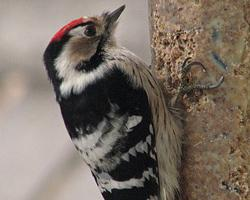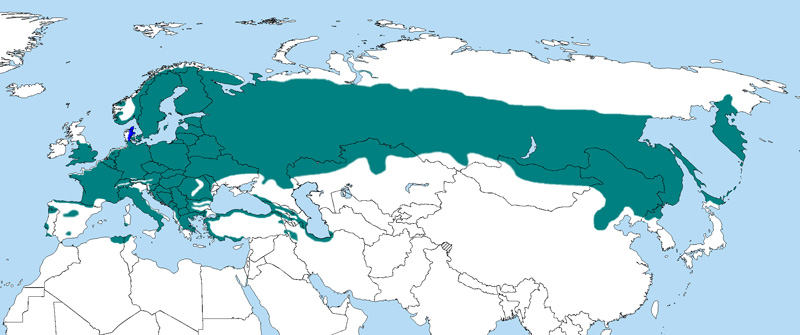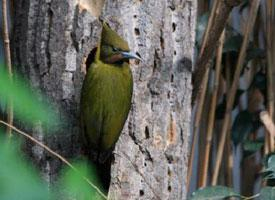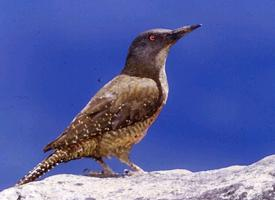
Statut de conservation
| Menacé |
Description de l'animal
The Lesser Spotted Woodpecker (Dryobates minor) is a small, enchanting bird that belongs to the woodpecker family, Picidae. This diminutive species is the smallest woodpecker in Europe, and it can also be found across parts of Asia and North Africa. Despite its size, the Lesser Spotted Woodpecker has a striking appearance and an intriguing lifestyle that captivates bird enthusiasts and nature lovers alike.Adult Lesser Spotted Woodpeckers typically measure between 14 to 17 centimeters in length, making them roughly the size of a sparrow. They have a wingspan of about 25 to 27 centimeters and weigh between 15 to 25 grams. Their small size, however, does not detract from their distinctive and attractive plumage. The upper parts of their body are predominantly black, with white barring on the wings and back, creating a striking contrast. The underparts are white, sometimes with a hint of buff. Males have a distinguishing red patch on the top of their heads, which is absent in females and juveniles. This sexual dimorphism helps in identifying the gender of the bird in the field.
Lesser Spotted Woodpeckers are known for their agility and are often seen flitting about tree trunks and branches in search of food. Their diet mainly consists of insects and their larvae, which they skillfully extract from crevices in the bark using their sharp beaks and long, sticky tongues. Occasionally, they may also consume plant material such as seeds and berries.
These birds are cavity nesters, meaning they excavate holes in dead or decaying trees to create a safe nesting site. This activity not only provides them with a nesting site but also contributes to the ecosystem by aiding in the decomposition process of dead trees. The female typically lays between four to seven eggs, which are white and glossy. Both parents share the responsibility of incubating the eggs and feeding the chicks until they are ready to fledge.
The call of the Lesser Spotted Woodpecker is a distinctive, high-pitched "kee-kee-kee," which can be heard throughout their habitat, especially during the breeding season. They also communicate through drumming on tree trunks, a behavior common to woodpeckers, which serves both as a territorial signal and a means of attracting a mate.
Despite their captivating nature, Lesser Spotted Woodpeckers face several threats, including habitat loss due to deforestation and changes in forestry practices that reduce the availability of suitable nesting sites. Additionally, competition for nesting sites with other cavity-nesting birds can sometimes pose a challenge.
Conservation efforts are essential to ensure the survival of this species. Protecting old forests and managing younger woodlands to encourage the development of deadwood are crucial steps in preserving the natural habitat of the Lesser Spotted Woodpecker. Monitoring populations and conducting research to better understand their ecology and behavior can also contribute to effective conservation strategies.
In conclusion, the Lesser Spotted Woodpecker is a remarkable bird, admired for its beauty, agility, and the role it plays in forest ecosystems. Despite its small size, it captures the attention of those who are fortunate enough to observe it in its natural habitat, reminding us of the importance of conserving the natural world and its inhabitants.
Carte de répartition

Animaux similaires
Nouvelles photos d'animaux
Top 10 des animaux
- Dolphin gull (Leucophaeus scoresbii)
- Japanese macaque (Macaca fuscata)
- Stone loach (Barbatula barbatula)
- Greek tortoise (Testudo graeca)
- Russian tortoise (Testudo horsfieldii)
- Galápagos tortoise (Geochelone nigra complex)
- Diana monkey (Cercopithecus diana)
- Moustached guenon (Cercopithecus cephus)
- Common flying dragon (Draco volans)
- Galápagos penguin (Spheniscus mendiculus)


